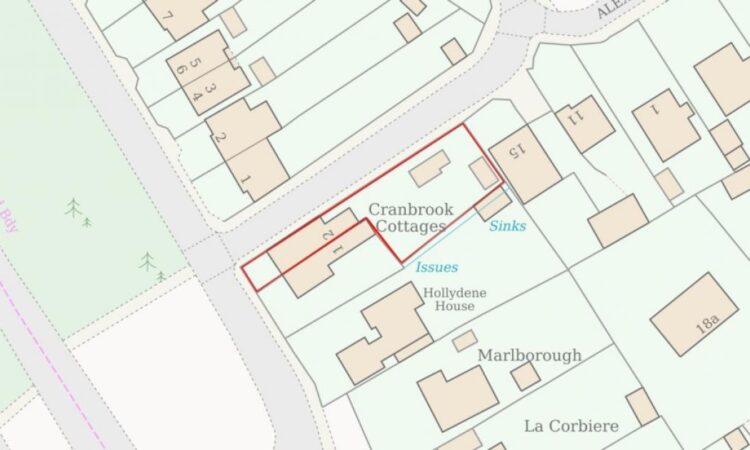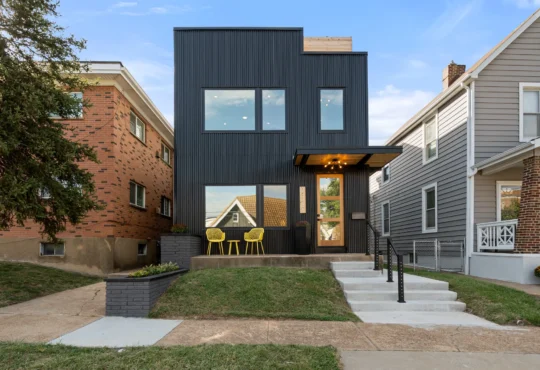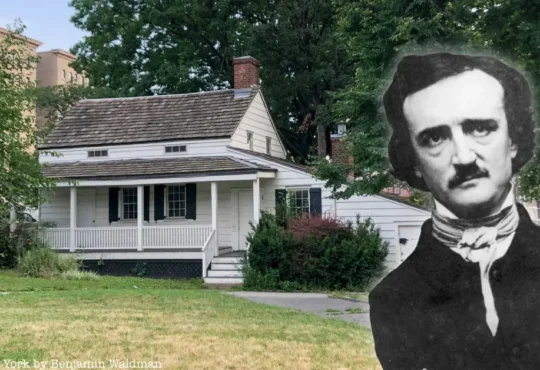
Mr Lord applied for planning permission for a one-bedroom bungalow with parking for two vehicles at Cranbrook Cottages on Southampton Road in Hythe.
His application was initially refused by New Forest District Council and an appeal to overturn the decision was made, but this appeal has now been dismissed as of October 20.
The inspector, R J Redford, cited the main issues as the proposed development’s effect on the character and appearance of Alexandra Road, impact on European designated protected habitats, and whether the proposed development site was appropriate considering flood risk.
READ MORE: Controversial plans for nearly 200 new homes on farmland finalised
If approved, the proposed bungalow would have been built at the Southampton Road and Alexandra Road junction, an area with a mix of property designs but predominantly detached houses set behind front gardens.
The inspector noted that the proposed design was “functional” and similar to other properties, but the front gable’s protruding position would create an “incongruous relationship” with the other properties on that part of the road.
The inspector continued: “The lack of harm in relation to the character of the area does not negate the significant harm the design and awkward positioning of the proposed new dwelling would have on the appearance of Alexandra Road.”
Concerns were also raised about the development’s potential impact on nearby European protected habitats, including the Solent and Southampton Water Special Protection Area and Ramsar site.
The inspector noted that an increase in population could increase recreational pressure on these habitats, increase nutrient load on water environments, and potentially affect air quality.
READ MORE: Car wash unsuccessful in bid to secure additional trading hours
Mitigation strategies had been identified by the council, but no mechanism to secure them was presented, leading to the conclusion that the proposal could harm these habitats.
Finally, flood risk was a major concern.
The site was identified as being in Flood Zone Three, the highest risk of flooding, by the Environment Agency.
A site-specific flood risk assessment did not include the necessary sequential and exceptions tests.
Given these concerns, the inspector concluded that the proposed development would not be appropriate for the location and dismissed the appeal.






